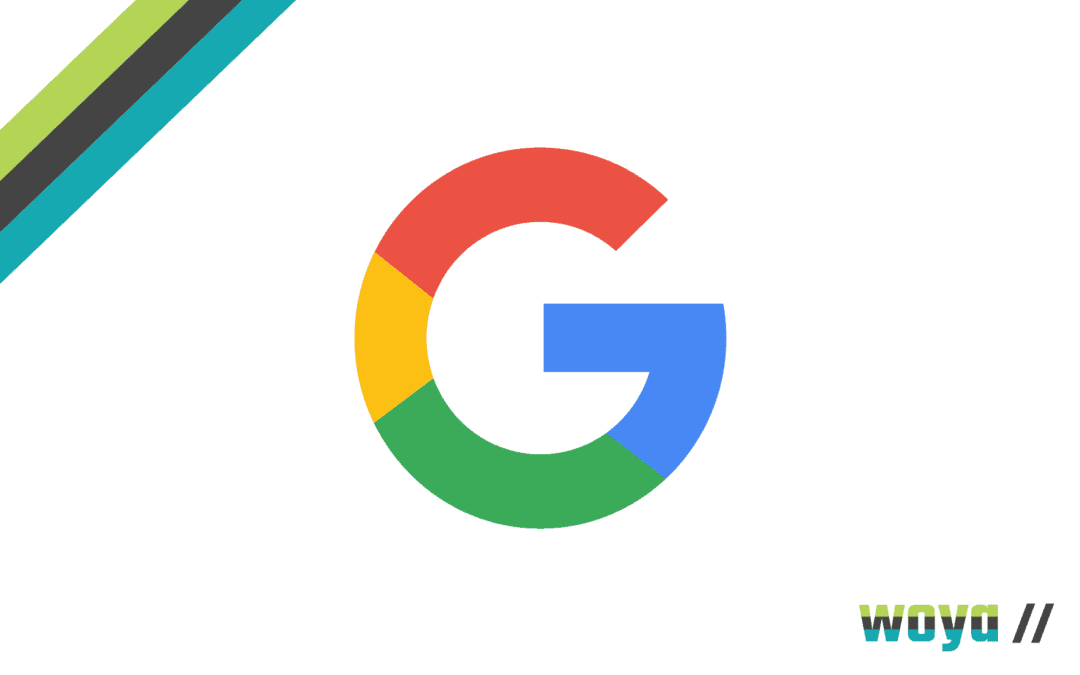The latest major update to the Google algorithm is known as Google MUM – and the Woya search engine gurus help explain the basics of what it is, what it does, and how businesses should update their practices to facilitate it.
What are Algorithm Updates?
What’s referred to as ‘the algorithm’ behind Google is actually its programming; a complex system of numerous algorithms and ranking factors to deliver webpages ranked by relevance on their SERPs (Search Engine Results Pages). This behind-the-scenes programming decides what is displayed where on its indices and how that ranking is arrived upon. The ongoing aim of Google (and indeed, of other search engines) is to provide the most appropriate results to a query input – and the algorithm works to do just that.
Algorithm updates are tweaks and changes made to this programming in order to improve and enhance it. Many of these changes are minor and don’t have a huge impact on rankings or how businesses should approach improving theirs but some are more major and can have tangible outcomes. Although not confirmed, it is believed that minor algorithm updates happen almost daily; with larger changes made only once every few months.
What is Google MUM?
The MUM algorithm is the latest major update to Googles programming and is an abbreviation for Multitask Uniform Model.
MUM is a multi-modal algorithm designed to provide answers to complex search queries by concurrently assessing and drawing upon information across multi-language text, images, video and audio content. It is by far the most clever and comprehensive AI algorithm the search engine (or indeed, any search engine) has ever used and will replace its current algorithm, BERT (Bidirectional Encoder Representations from Transformers), which was equally considered a state-of-the-art program when it was introduced.
BERT was the first transformer-based machine learning technique for natural language processing aimed at improving search results based on human-input queries. The MUM algorithm takes this technology to a new level – it is believed to be 1,000 times more powerful!
How will Google MUM Change Results for those Using the Search Engine?
Google MUM will transform the relevant search engine results provided to those with more complex queries than a standard keyword or phrase being input.
Using the T5 text-to-text framework, it doesn’t just understand the language being used in the query, but also generates it. Trained in 75 languages at its inception and able to enact multiple tasks at once, its knowledge is comprehensive and it draws upon multi-modal sources to learn.
For example, if a user asks Google about having visited one travel destination and looking for information to compare it to another one, chances are they would need to carry out several searches to find the exact information they require. Instead, with the Google MUM algorithm, the programming will understand the need for comparison and can draw upon other related material: such as weather forecasts, differing travel modes, reviews on places to visit, the items you may need to buy, linguistic differences, visa details, and even medical information for travellers. This will all be presented in one place rather than the user having to make several queries.
How can Businesses Optimise for Google MUM?
The Google MUM algorithm follows the broader trend of internet users accessing content through multiple forms of media and no longer just relying on text and the written word. By accessing and understanding different modes of media, the MUM algorithm’s introduction encourages marketers to create content across varying media types and to properly optimise each so that it’s understood as relevant by the search engine.
No longer will text filled with keywords or phrases be the most reliable source of appropriateness but such benefit can be reaped from the likes of imagery, video and audio files too.
Blogging, thought piece writing and comprehensive website copy will remain important but should be complemented by infographics, photography, tutorial videos and audio books, podcasts and ‘quick listen’ files for a full-service multi-modal digital brand presence. All bases must be covered.
Businesses must ensure that their content marketing strategies are set and solid but also that they don’t miss out detail in the pieces produced. The labelling and positioning of audio and video files must be accurate, all content must be coordinated across varying platforms and imagery must have proper alt-tagging and captions. The ability for businesses to link supporting documentation into their blogs or other written content will now be critical for SEO; gaining the attention of the MUM algorithm and of more customers as a result.
Eventually, as the MUM algorithm fully embeds and consumers realise the amount of information they’re able to gain from a single query, it may even become a competitor toward other brand presence online. For example, there may be little need for users to visit a brand’s social media profile to find all the info they need – as it instead could all be presented on a single search engine results page (SERP).
This enhancement of the search engine could reinforce the need for a cohesive brand presence on a website without the reliance of dumping every piece of available content or dataset on to a social media page for replication purposes. Mums are great, and the Google MUM algorithm is set to be just as helpful as the parents we know and love.
SEO is an important tool for digital marketing and will transform a business’ success online. Its potential is not to be underestimated, and neither should the ongoing effort and work required. Woya Digital are an expert SEO team who understand the evolving needs of successful SEO. Get in touch with us to discuss your online business growth.

